A friend of mine asked me “what are the three golden rules of cinematography”. An unanswerable question? Absolutely. Here goes….
Cinematography as far as I'm concerned, is the art of capturing video that effectively and intelligently tells a story. A story as far as I'm concerned, is the ability to communicate a sequence of events that are coherent and cumulative in their effectiveness of telling the said story. Put more bluntly, cinematography plays a huge role in manipulating the viewer to think or feel a certain way using moving images.
So, unlike photography, which is a single frame / moment in time, cinematography is a sequence of frames that describe of period of time.
With that said, you could film an entire story with one video shot! Keep in mind though, that video is typically / literally, 25 "shots" per second (in Australia).
The reason I attempted to explain the above, is that when talking about what makes good cinematography, in my opinion, it involves not only HOW the image is captured (what makes it engaging / beautiful to look at), but also WHAT is captured and how it flows from one thing to the next. Both are important aspects when telling a story using video, but for this lecture, we'll focus on the technical aspects of HOW to make good cinematography. Or worse, we'll focus on how to make a single "shot" look good.
[ There are in total 4,356 golden rules. Below are 3 ]
Rule No. 1
How can we entice a viewer to look at our screen?
Movement + Light
Animals predominantly use sight to discern what is in front of them, which plays a huge role in whether or not they should pay attention to it. Illumination (think Minions) is what makes sight possible. Movement is another major component, hence why video is a powerful story telling tool. A screen, with Movement + Light, are the reasons we look anywhere on that screen at all. Knowing this means that we can essentially control where someone looks.
Sight relies heavily on two things - brightness and literal focus / sharpness. Metaphorically, they are the same thing, but you could say that in order to draw the viewers focus, you really only need light. A blurry ball on a black screen is what someone will look at, even if it's blurry.
A blurry ball and a sharp ball on a screen? Well, if the blurry ball is brighter than the sharp ball, it will get looked at first.
A blurry stationary ball, a sharp stationary ball and a moving ball either sharp or blurry? The moving ball gets looked at first, so long as it’s bright enough (think T-Rex). We could do some more, but I think you get the point.
So now that we know how to force someone to look somewhere on a screen...the rest is easy!! Just pick or pack movement, focus and brightness and you're done!!!
Rule No. 2
How can we make that screen look good?
Lighting
Lighting is different to what we just talked about. Lighting is the dark (confusing I know) art of how to apply rule No. 1, AND make it look good. So what looks good? This is the problem. You could say that what looks good is subjective....but it's not. Sorry. What looks "good" is the same for everyone (think attractive woman / man).
There are many "rules" on how to "light" a scene the "right" way. Google it, and you'll no doubt come across "3 point lighting". Honestly, it's a good start. A key-light, a fill-light and a back-light. These three lights help give dimension to a shot...remembering that we are working with a 2D screen. We want it to appear 3D so that it is more engaging. To do this, we need to create depth. 3-point lighting helps create depth. Remember when you were learning to draw and you inevitably had to figure out "shading"? Well, that's depth. That's what turns a 2D image into 3D. That's what 3 point lighting ensures.
Of course, there are subtleties and nuances at play that can make an image sing beautifully, or lack luster. This comes down to practice and training your eye to be critical of "what looks good". I suggest separating the three lights and working on one at a time. In my experience, you can get away with a single light....a back light. If that's not working, add a key....or some fill, or both. You can apply this practice to a landscape or a portrait - using the sun, studio lights or a desk lamp.
Rule No. 3
Balancing the frame, forcing a feeling.
Composition
What is good composition? What IS composition?
The fact is, you've got a space to fill. It's a rectangle. You've mastered lighting, focus and movement - you know where you want people look and how to make what they're looking at, look good. But what about how the things you're making them look at are positioned within the rectangle? Does that make a difference?
Sure it does. If your shot is a profile shot of someone looking left, and their nose is almost touching the left hand side of the rectangle (screen), especially whilst the right hand side of the rectangle is empty (negative space)....well, that's gonna make your viewer feel off. Something is off. The composition is not balanced. The viewer feels something. The viewer wants to see what is beyond the left hand side of the screen! Will you show them? That is a powerful place to be...
This is the beauty of composition. You can use is it to MAKE your viewer feel something, and then resolve, or not, that feeling. Even if no words are spoken and no music is played. It is a complex topic, but with practice it is easily and quickly learned (unlike lighting). Is your subject close or far from the camera? This makes the viewer feel different. Is your subject looking at the lens (breaking the fourth wall)? This makes your viewer feel a certain way. Is your subject towering over the camera or looking up from below? How is your subject moving within the frame? What images will you show them next and how are they arranged compositionally?
Like I said, it's a complex topic and starts to head into the realm of psychology. Not to sound snooty about the whole thing, but I guess at this point it's not just about light and focus, but how people respond to certain images and how they are arranged.
The rule of thirds, the golden ratio, yada, yada, yada (think Seinfeld). Again, it's like 3 point lighting. Start there and explore.
FINAL THOUGHTS
Because learning what good cinematography is requires a lot of thought and practice...failure and luck.
First thing is hit record. Second thing is to look at what you recorded and be critical. Be honest. Is it doing what I wanted it to do? Is the magic of cinema working? If not, try again. Add some music, dialogue, an epic story, character arcs, a turning point, a resolve and an all encompassing conclusion that leaves a viewer feeling like thy didn't waste their time watching your rectangle.
Orrrr.....flip the rectangle on it's side and make 10 second video that has a sexy person or cat on screen doing something engaging and upload to TikTok.

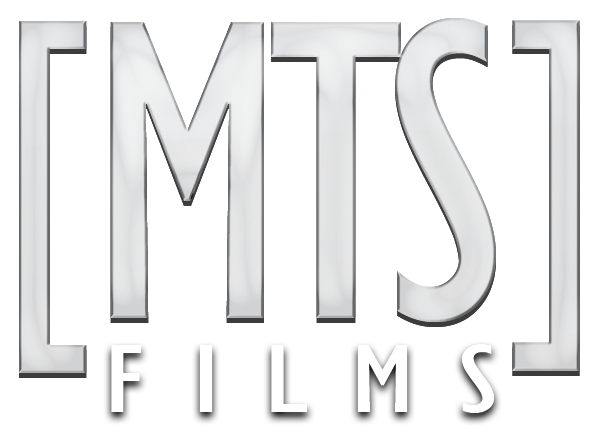
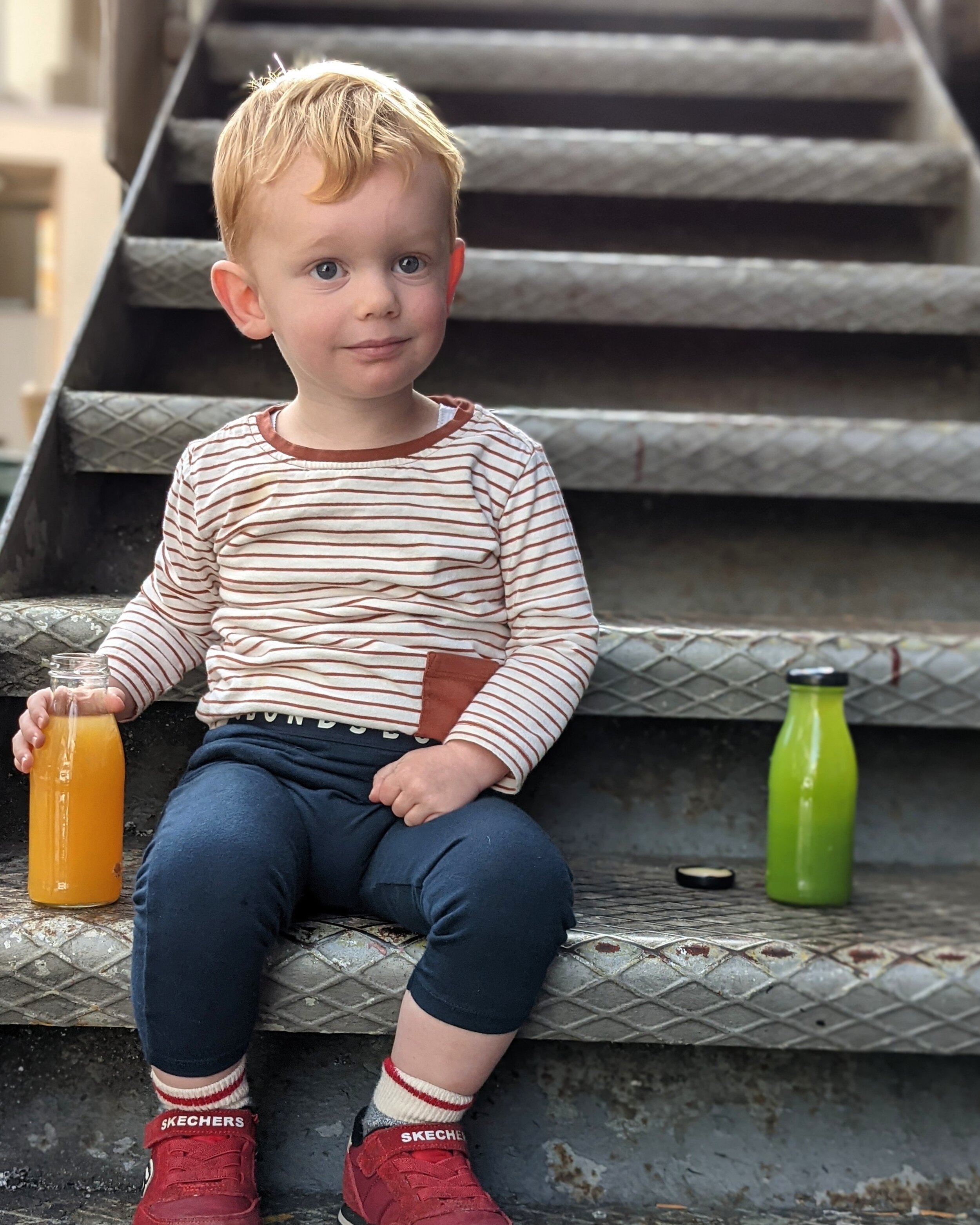











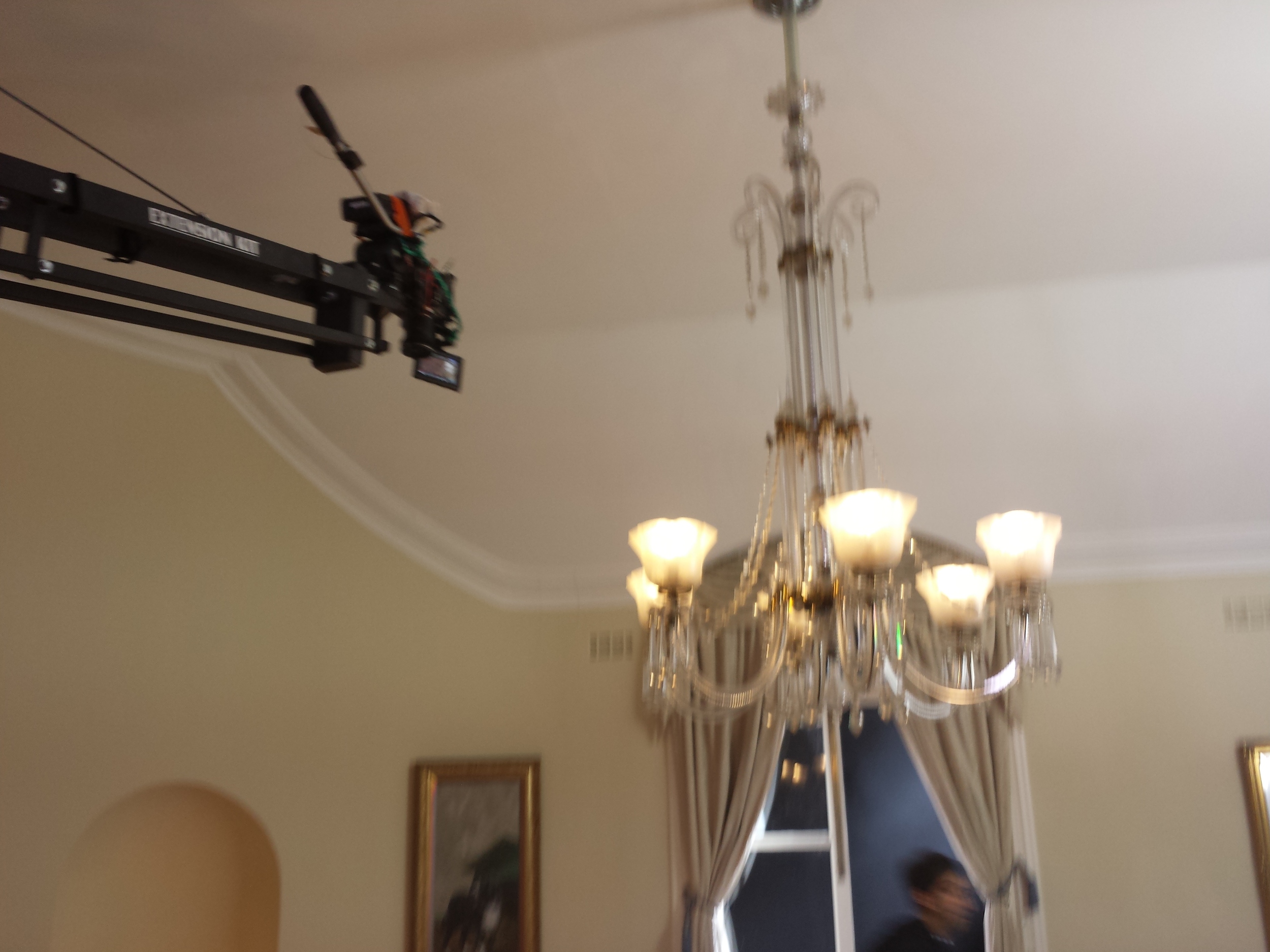
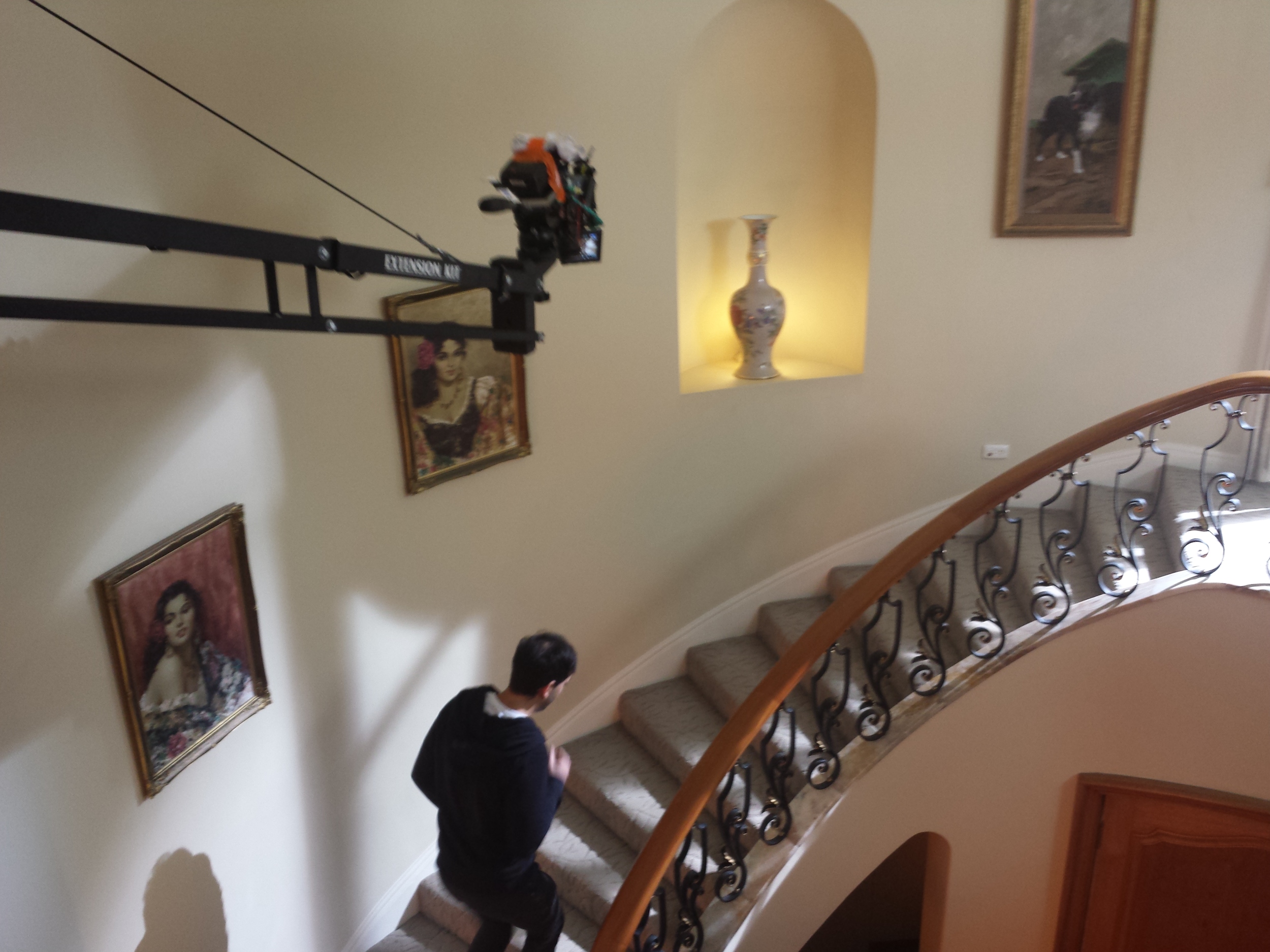
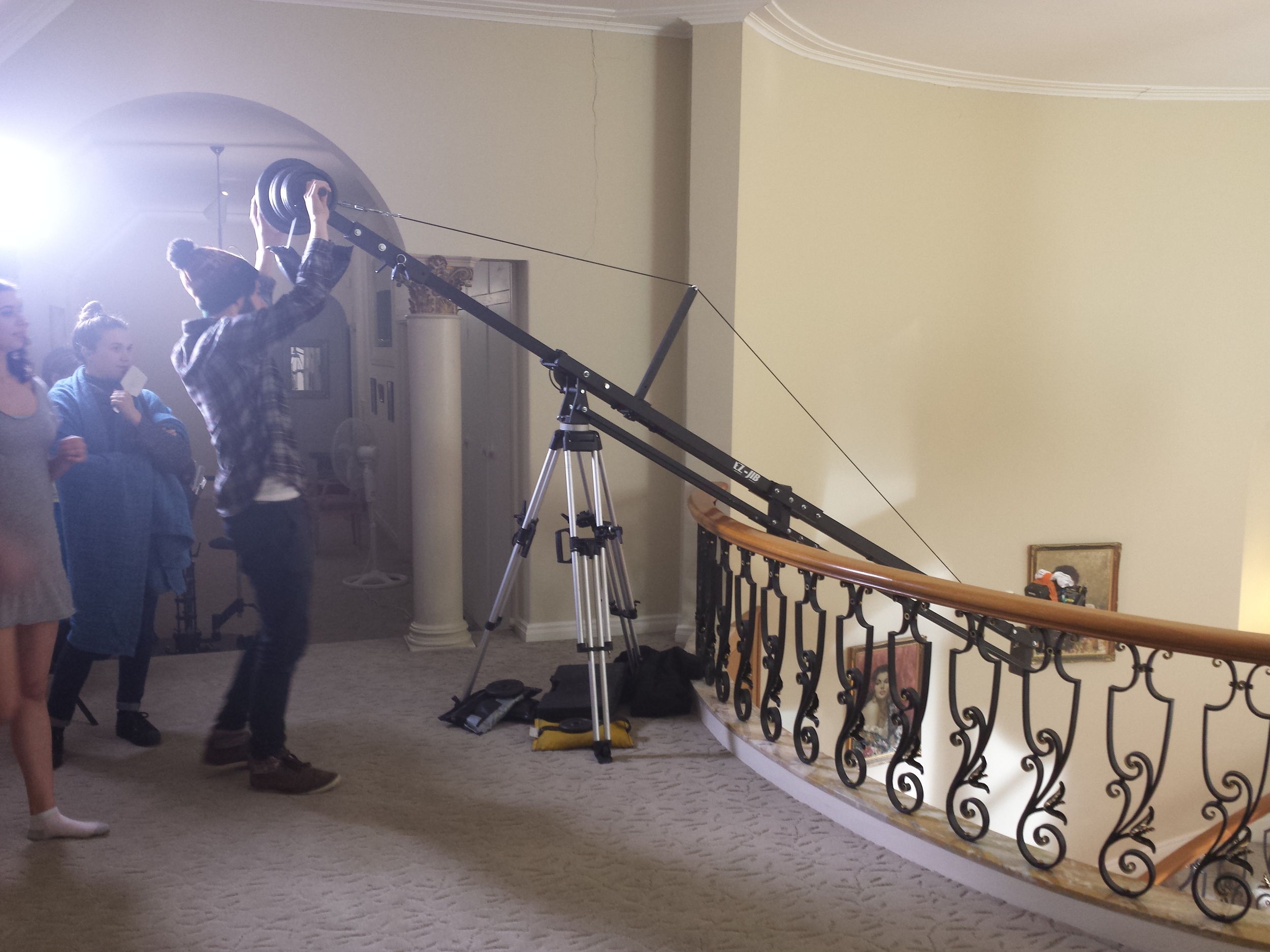



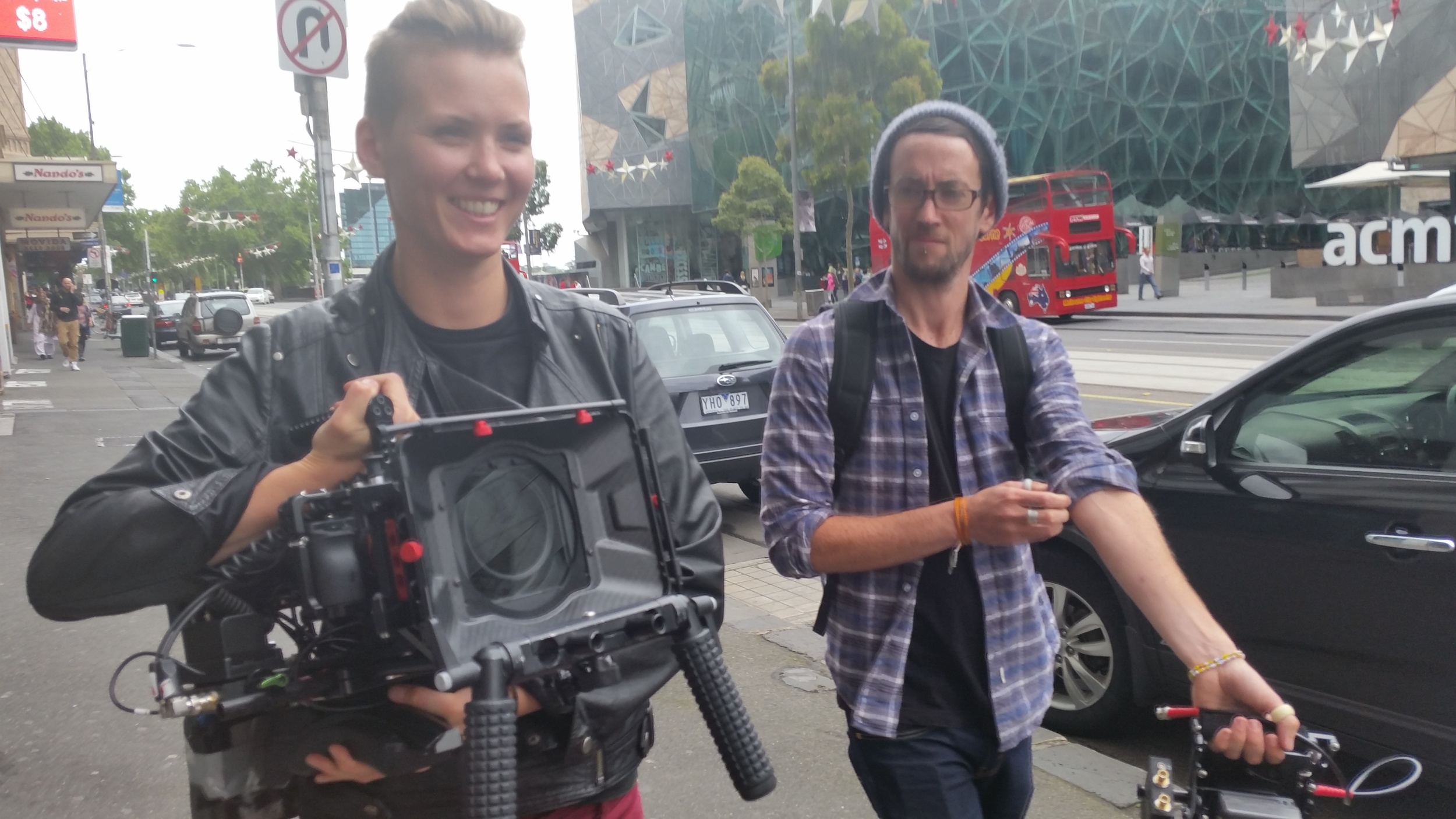
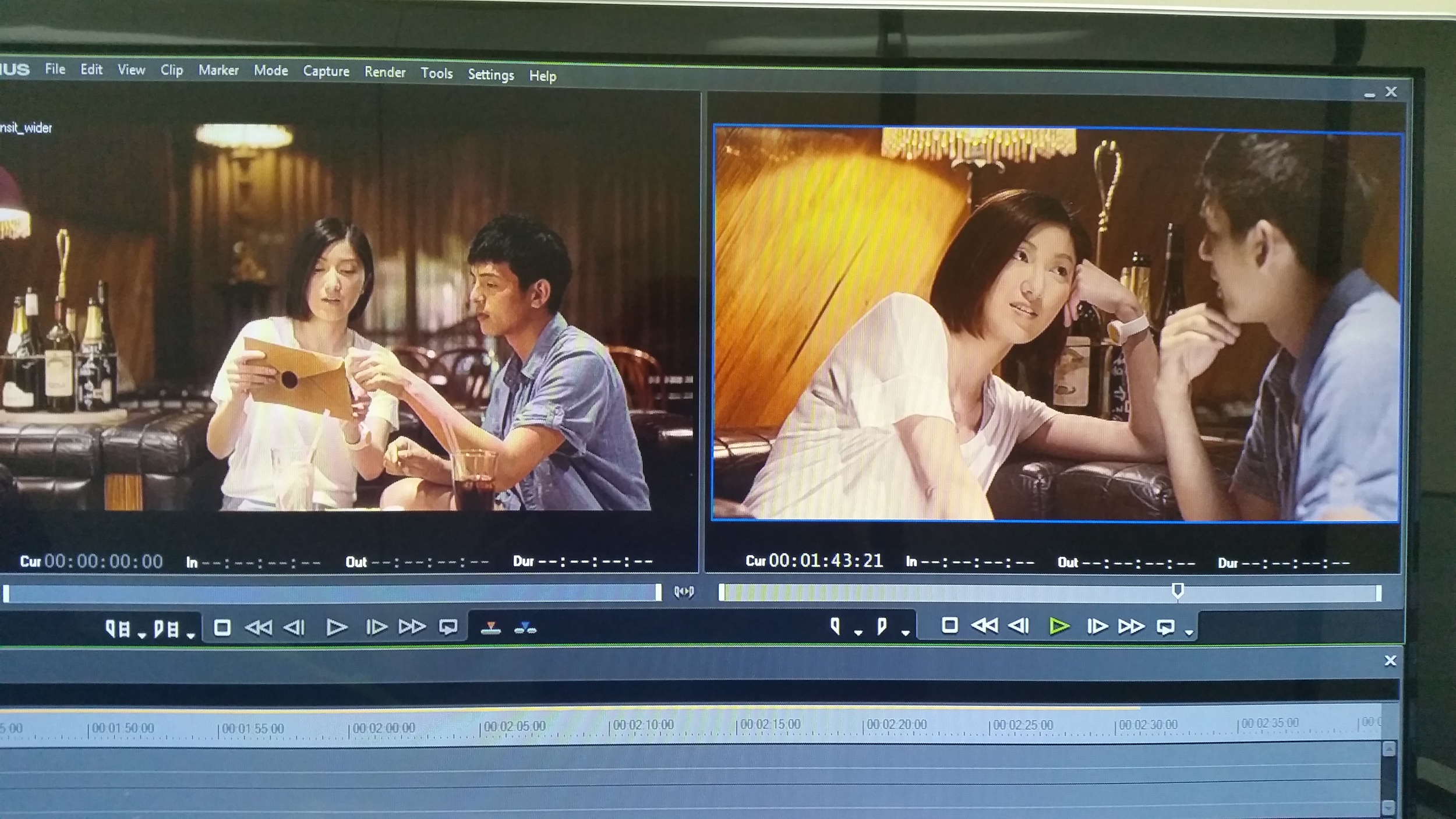
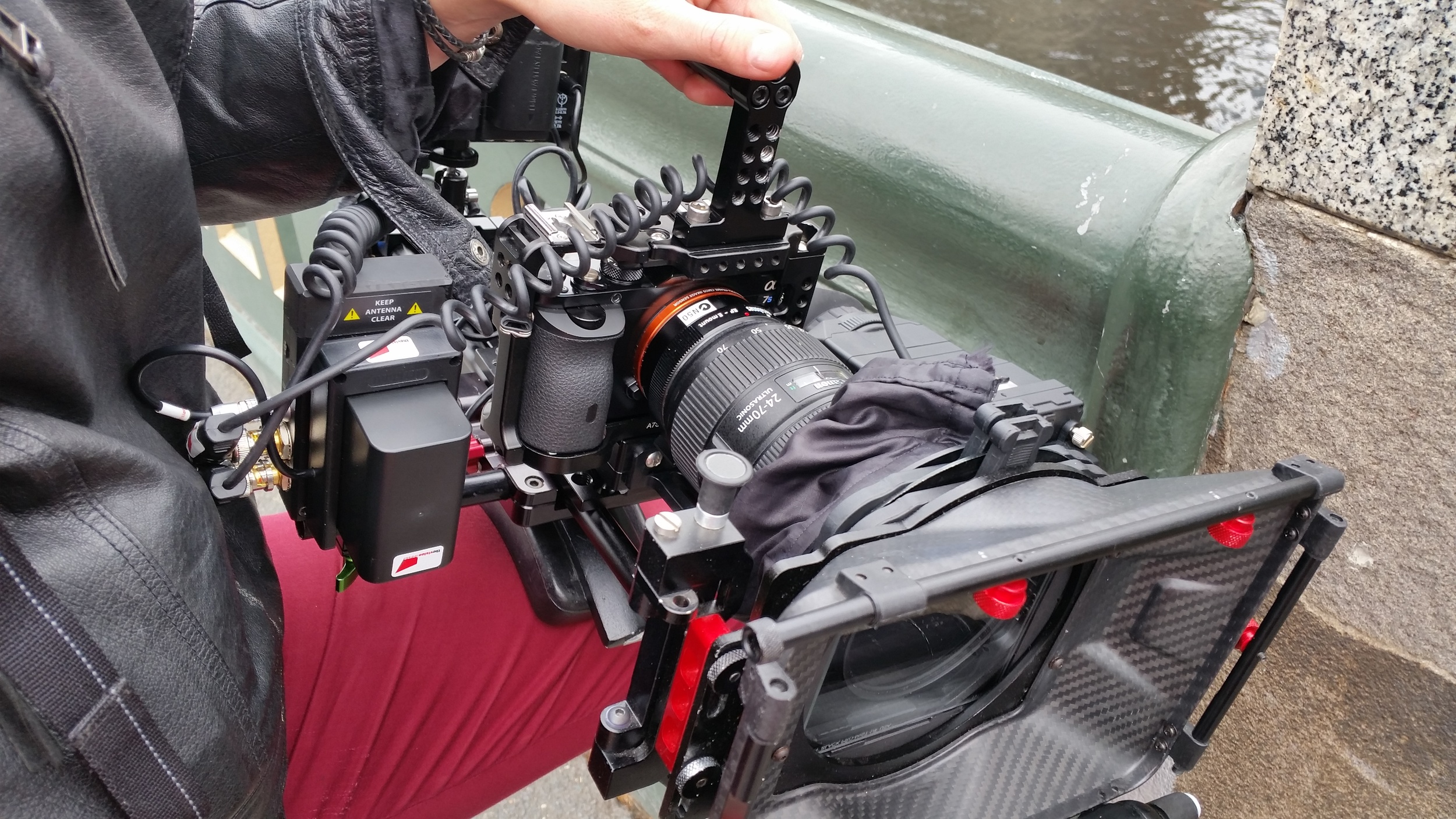


![Follow this link to my Vimeo Page for the moving shot: [MTS]Films Vimeo Page](https://images.squarespace-cdn.com/content/v1/500818f184aef6ab9cd145a0/1420529463053-AO9ZHMLNE2AIFEMQSEUW/image-asset.jpeg)









